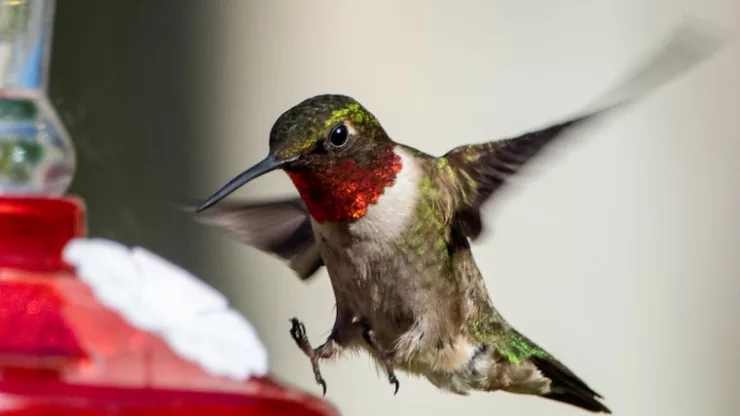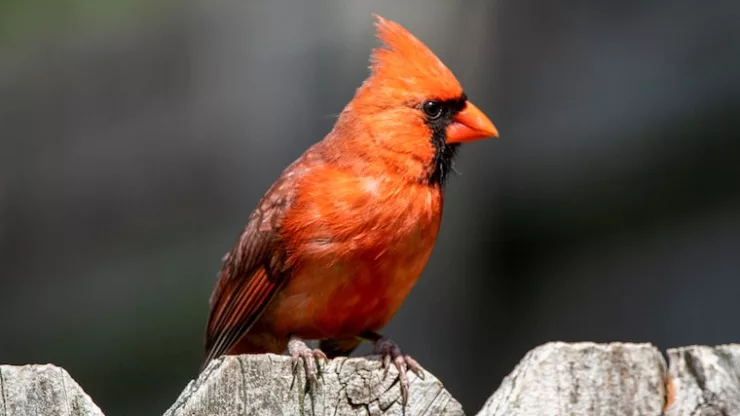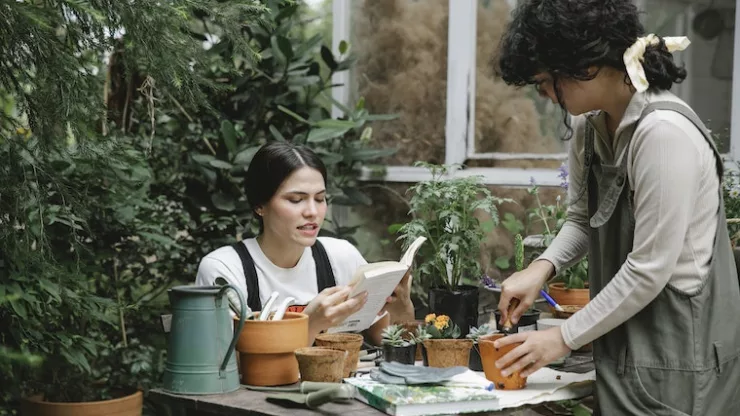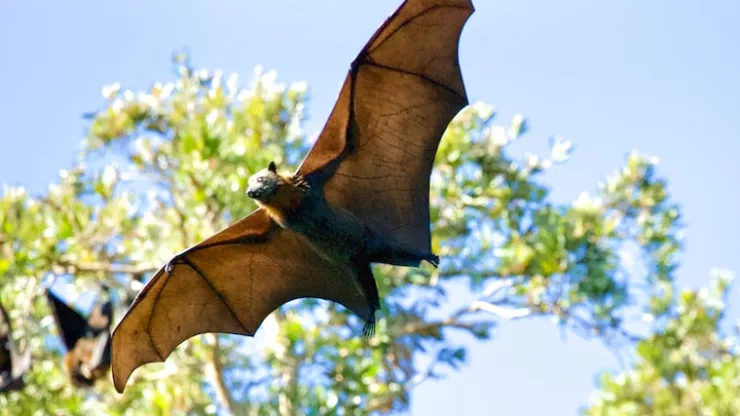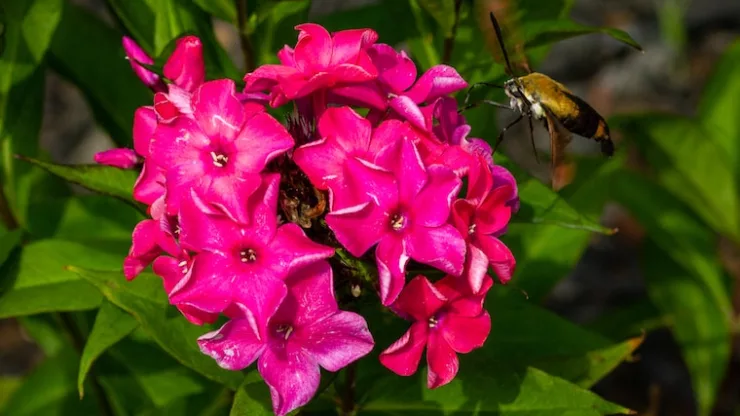Jump to Section
Introduction
Urban living often distances us from nature, but there’s no reason you can’t bring a touch of the wild to your own backyard.
With a little creativity and dedication, you can transform your outdoor space into a thriving ecosystem teeming with diverse species.
In this article, we’ll explore the world of backyard biodiversity and show you how to create the ultimate urban wildlife watching experience.
The Importance of Biodiversity
Why Biodiversity Matters
Biodiversity, or the variety of life in a particular area, is critical for maintaining a healthy and balanced ecosystem.
A diverse ecosystem provides valuable resources such as food, clean air, and water, as well as essential services like pollination and pest control.
In short, biodiversity is the lifeblood of our planet.
Urban Biodiversity and its Role in Conservation
Urban biodiversity plays a vital role in conservation efforts.
As cities expand, natural habitats are increasingly fragmented, and many species are forced to adapt to urban environments.
By promoting backyard biodiversity, you not only create a sanctuary for wildlife but also contribute to the overall health of our planet.
Assessing Your Backyard’s Biodiversity Potential
Taking Stock of Your Space
Before diving in, take a moment to assess your backyard’s biodiversity potential. Consider factors such as available space, sunlight, and existing vegetation.
This information will help you design a wildlife-friendly habitat tailored to your unique environment.
Identifying Local Species
To create an urban wildlife watching experience, you’ll want to focus on attracting native species.
Research the types of plants, birds, and insects that are indigenous to your area and plan your backyard biodiversity strategy accordingly.
Crafting a Wildlife-Friendly Habitat
Planting a Diverse Selection of Native Flora
Choosing the Right Plants
The backbone of your backyard biodiversity project is a diverse selection of native plants.
These plants will provide food and shelter for a variety of species while also contributing to a healthy ecosystem.
Layering Your Landscape
Design your garden in layers, starting with ground cover and progressing to taller plants and trees.
This approach will create a variety of microhabitats, encouraging different species to coexist in your backyard.
Providing Food Sources
Feeding the Birds
Attracting birds is a surefire way to enhance your urban wildlife watching experience.
Provide a variety of bird feeders and seed types to cater to the dietary preferences of different bird species.
Supporting Pollinators
Pollinators like bees, butterflies, and hummingbirds are essential for plant reproduction.
Planting nectar-rich flowers and providing supplemental food sources will entice these important visitors to your garden.
Water Features and Their Role in Attracting Wildlife
The Benefits of Water Features
Incorporating water features such as birdbaths, ponds, or fountains can make your backyard irresistible to wildlife.
These features provide essential hydration, breeding grounds, and bathing opportunities for a variety of species.
Selecting the Right Water Feature
Consider the size of your backyard and the types of species you wish to attract when selecting a water feature.
Smaller spaces may benefit from a simple birdbath, while larger areas can accommodate ponds or streams.
Shelter and Nesting Opportunities
The Importance of Shelter
Providing shelter and nesting opportunities is crucial for attracting and sustaining wildlife populations in your backyard. These spaces offer protection from predators, inclement weather, and other hazards.
Creative Shelter Ideas
You can provide shelter in a variety of ways, from simple birdhouses and nesting boxes to more elaborate structures like brush piles and rockeries.
Don’t forget to include hiding spots for small mammals and amphibians, such as logs or piles of leaves.
Monitoring and Enjoying Your Backyard Biodiversity
Keeping a Wildlife Journal
Documenting Your Observations
As you create your ultimate urban wildlife watching experience, consider keeping a journal to document the various species that visit your backyard.
This record will help you track your progress, identify patterns, and even contribute to citizen science initiatives.
Sharing Your Findings
Connect with local nature enthusiasts, gardeners, and conservation groups to share your backyard biodiversity experiences.
This collaborative approach can foster a greater sense of community and encourage others to join the movement.
The Art of Wildlife Photography
Tips for Capturing Stunning Images
Hone your wildlife photography skills to capture the beauty of your backyard biodiversity.
Use a combination of patience, stealth, and knowledge of your subjects’ habits to snap stunning images that showcase the incredible variety of life in your urban oasis.
Sharing Your Photos Online
Share your wildlife photography on social media or online communities to inspire others and spread the word about the importance of backyard biodiversity.
Conclusion
Backyard biodiversity is an achievable and rewarding goal for urban dwellers seeking to reconnect with nature.
By creating the ultimate urban wildlife watching experience, you’ll enjoy the sights and sounds of your own private sanctuary while contributing to the conservation and health of our planet.
So go ahead and unleash your wild side – it’s time to bring the great outdoors to your backyard.
Frequently Asked Questions
- What is backyard biodiversity? Backyard biodiversity refers to the variety of plant and animal life found in urban and suburban green spaces, such as gardens, patios, and yards.
- Why is backyard biodiversity important? Promoting backyard biodiversity supports the conservation of native species, provides essential ecosystem services, and contributes to the overall health of our planet.
- How can I increase the biodiversity in my backyard? You can increase backyard biodiversity by planting native flora, providing food sources, incorporating water features, and offering shelter and nesting opportunities for wildlife.
- What types of species should I expect to see in my backyard? The types of species you’ll see in your backyard will depend on your location, the habitat you create, and the time of year. Common urban wildlife includes birds, insects, small mammals, amphibians, and reptiles.
- How can I monitor and document my backyard biodiversity? Consider keeping a wildlife journal to document your observations, take photographs, and share your findings with local nature enthusiasts and conservation groups.
- Can I create a backyard biodiversity haven even if I have limited space? Absolutely! Even small outdoor spaces can be transformed into biodiverse havens by incorporating container gardens, vertical planters, and compact water features.
I’m a nature enthusiast and creator of Metro Wilds and have spent years exploring the great outdoors.
With a passion for environmental conservation and sustainability, I have dedicated my career to writing about the beauty and wonders of nature, as well as the threats facing our planet.
Contact me at [email protected] for assistance.

